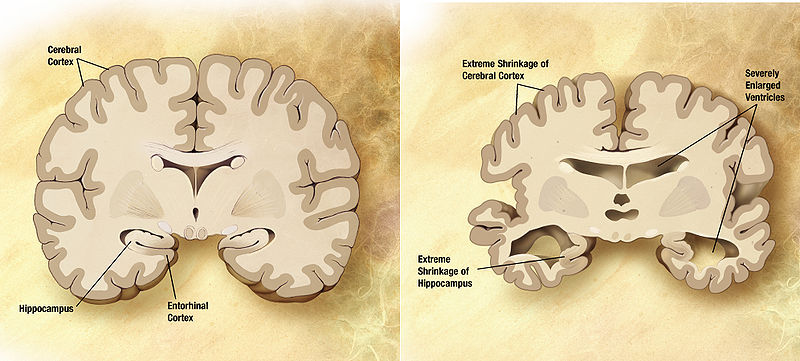Why Obama has a chance in his Alzheimer's war

When a government declares a war on drugs or various diseases, it usually fails. Many neuroscientists therefore expressed doubts when the Obama administration set a goal: to prevent or cure Alzheimer's disease by 2025. "When you set a target date for a scientific research program, you always run the risk of fostering too high expectations," says Kenneth S. Cusick, professor of neuroscience at the University of California, Santa Barbara. . "Scientific research does not operate as an assembly line in which results can be predicted." US President Barack Obama signed the National Alzheimer's Initiative Act more than a year ago, and the White House submitted the final draft of the plan to Kathleen Sebelius, Secretary of the US Department of Health and Human Services, in February 2012. The proposal includes more than 50 million dollars for Research for 2012.
Credit: NIH
The target date, the year 2025, is more realistic than it seems. In war, predicting the opponent's moves is already half the victory, and in the case of the Alzheimer's war, the most important achievements in recent years have been in the field of familiarity with the enemy's territory. Studies have shown that magnetic resonance imaging (MRI), positron emission tomography (PET), lumbar acupuncture and newer methods currently in development can detect the accumulation of abnormal proteins characteristic of Alzheimer's 10 to 15 years before the first symptoms appear. It may be possible to anticipate even more by identifying a persistent inflammatory response deep in the brain or by capturing the moment when the mitochondria, the power stations of the cell, begin to emit toxins already in middle age. These are normal phenomena of aging in all humans. But for some of us, these changes join problematic genes, and perhaps also other risk factors that have not yet been identified, and this combination may begin the terrible and slow process that ends in dementia.
Leading research groups are already planning what can be done with this molecular intelligence report. In February 2012, a group of scientists from Case Western Reserve University reported in an online article in the journal Science that an anti-cancer drug, which causes mild side effects, was able to remove from the brains of mice parts of the toxic amyloid-beta protein that accompanies Alzheimer's disease. The drug is already on its way to human trials, and if its effectiveness is proven, it will be the herald of the arrival of a drug for dementia, just as the statin was for cholesterol.
Today, the hope for fighting brain degeneration lies in molecules that scientists call biomarkers. And maybe thanks to them the ambitious goal of President Obama will be achieved.



